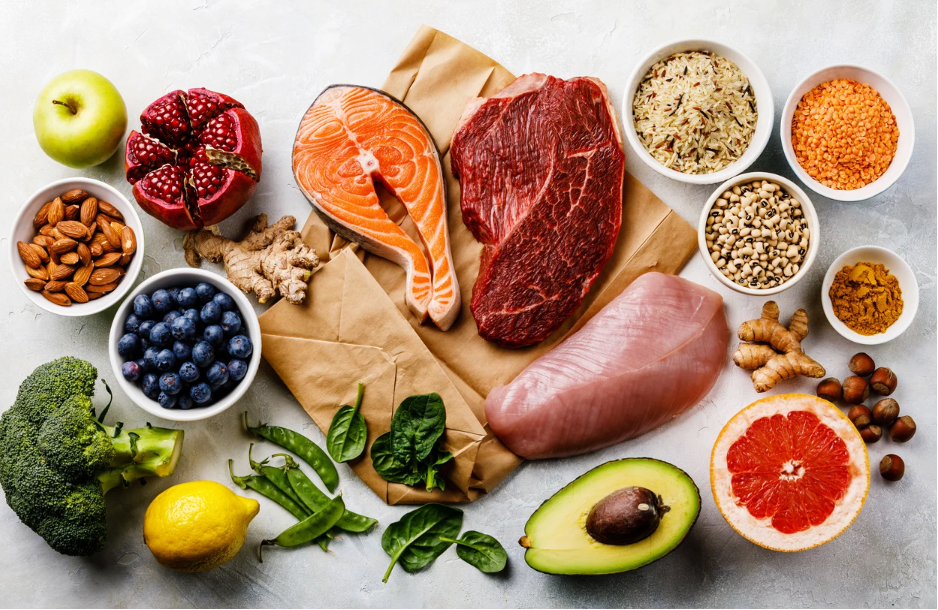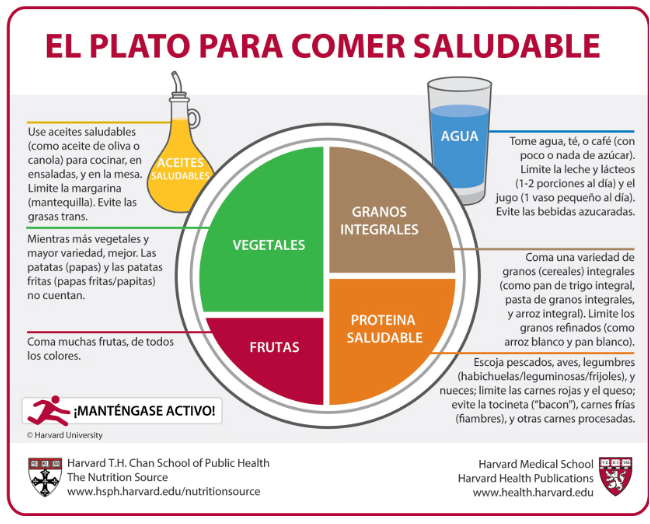When we talk about improving our diet, two concepts often come up: eating healthy and eating balanced.
It is very common to discuss both terms during consultations since, although they sound similar, they are not the same. What is the difference? Is it possible to eat healthy without having a balanced diet, or vice versa?
Adriana Martín Peral – Neolife Nutrition Unit
What does eating healthy mean?
Eating healthy means choosing foods that provide real benefits to our body. This includes a variety of essential nutrients such as vitamins, minerals, antioxidants, fiber, and healthy fats. Foods typically considered healthy include: fruits and vegetables, legumes, nuts and seeds, healthy fats, whole grains, and lean proteins.
This type of diet is based on minimally processed, natural, or whole foods. Eating healthy also means reducing the consumption of ultra-processed products, which often contain added sugars, excessive sodium, trans fats, and artificial additives.
But be careful: healthy does not always mean sufficient or balanced.
What does eating balanced mean?
Eating balanced goes beyond the foods you choose: it’s about meeting your body’s nutritional needs in the right amounts and proportions. A balanced diet includes:
- Macronutrients (carbohydrates, proteins, and fats) in proper ratios for your age, activity level, and metabolism.
- Micronutrients (vitamins and minerals) in adequate amounts.
- Variety of foods from all food groups.
- Caloric balance: neither excess nor prolonged deficit without professional supervision.
- Schedules and routines that allow efficient digestion and a healthy metabolism.

Can you eat healthy but not balanced?
Yes, and in fact, it is very common. Example: someone who only eats salads, fruits, and smoothies. Although all of these foods are healthy, they may be consuming too little protein, too few calories, or insufficient healthy fats. This can lead to fatigue, lack of focus, loss of muscle mass, and long-term hormonal problems.
Can you eat balanced without eating healthy?
Yes, as well. For example, a diet based on ultra-processed products may be “balanced” in terms of calories and macronutrients, but poor in nutritional quality. This can cause chronic inflammation, overweight, type 2 diabetes, or other metabolic diseases.
What are the most common mistakes?
- Overly restricting certain food groups: Many people completely eliminate carbohydrates thinking they are “bad.” However, complex carbohydrates (such as whole grains) are essential as a source of energy. Moreover, evidence shows that low intake of carbohydrates — especially complex ones, which are an excellent source of fiber — compromises gut health in the long term, often causing intestinal issues.
- Confusing fad diets with health: Keto, intermittent fasting, detox… Not all popular strategies are right for everyone. Some may cause imbalances if not done with professional supervision. For example, intermittent fasting can be a healthy approach, but if it leads to reduced protein intake, muscle mass will decline, making the diet unbalanced.
- Overvaluing “fit” or “light” products: A low-fat or sugar-free product is not always healthy. Many “light” products are highly processed or contain artificial sweeteners, which are not necessarily better. In such cases, the product may be “balanced” in terms of macronutrients but not truly healthy.

So, what’s the key?
The key is to combine both approaches:
- Real, natural, and varied foods.
- Adequate proportions according to your needs.
- Flexibility to enjoy food without guilt.
- Listening to your body: hunger, satiety, energy.
It’s not about obsessively counting calories or eating “perfectly” all the time. A healthy and balanced diet is one that you can sustain over time, makes you feel good physically and mentally, and is not based on guilt, restriction, or fear of gaining weight.
Practical tips to achieve it
- Always include a source of protein, a complex carbohydrate, and a healthy fat in every meal (following the “Harvard Plate” method).
- Don’t be afraid of natural, calorie-dense foods such as avocado, nuts, or olive oil — they are rich in essential fatty acids, which are vital for your body’s proper functioning.
- Avoid eating only out of anxiety, habit, or boredom. Learn to distinguish real hunger from emotional hunger.
- Plan your meals so you don’t end up improvising with the first thing you find.
- Don’t punish yourself if one day you overeat or choose something outside of “healthy.” What matters is overall balance, not daily perfection.

Conclusion
Eating healthy and eating balanced are not the same, but both are essential for a long, active, and disease-free life. Learning to identify the difference and applying both concepts in practice can help you develop a more conscious and positive relationship with food. It’s not about extreme restrictions, but about nutritional education and informed choices. In the end, the goal is simple: eat to nourish yourself, enjoy life, and live better.
BIBLIOGRAPHY
(1) Harvard T.H. Chan School of Public Health. (2020). Healthy Eating Plate & Healthy Eating Pyramid. Retrieved from: https://www.hsph.harvard.edu/nutritionsource/healthy-eating-plate/
(2) Organización Mundial de la Salud (OMS). (2023). Alimentación saludable. https://www.who.int/es/news-room/fact-sheets/detail/healthy-diet
(3) Willett, W., Rockström, J., Loken, B., et al. (2019). Food in the Anthropocene: the EAT–Lancet Commission on healthy diets from sustainable food systems. The Lancet, 393(10170), 447–492.
(4) Fundación Española de la Nutrición (FEN). (2022). Guías alimentarias saludables. https://www.fen.org.es/
(5) Academy of Nutrition and Dietetics. (2022). Position of the Academy: Total Diet Approach to Healthy Eating. Journal of the Academy of Nutrition and Dietetics, 122(3), 578–592.
